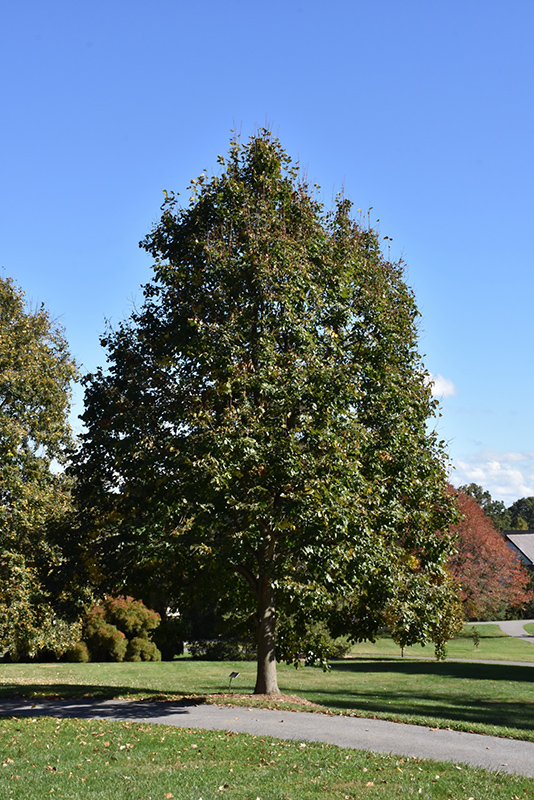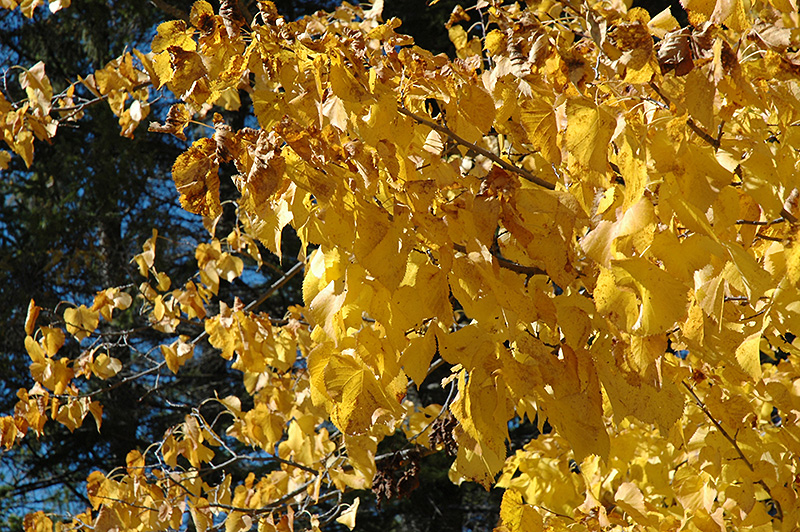Digging deeperPlant Library
Height: 40 feet
Spread: 35 feet
Sunlight:
![]()
Hardiness Zone: 3
Other Names: Basswood, American Linden
Description:
A beautiful shade tree prized for its strongly pyramid-shaped form throughout life, clean habit and fragrant yellow flowers in early summer, more compact than the species, makes a great shade or street tree; very adaptable and low maintenance
Ornamental Features
Redmond Linden is primarily valued in the landscape for its distinctively pyramidal habit of growth. It features subtle clusters of fragrant buttery yellow flowers with tan bracts hanging below the branches in early summer. It has dark green deciduous foliage. The large heart-shaped leaves turn an outstanding yellow in the fall.
Landscape Attributes
Redmond Linden is a dense deciduous tree with a strong central leader and a distinctive and refined pyramidal form. Its relatively coarse texture can be used to stand it apart from other landscape plants with finer foliage.
This is a relatively low maintenance tree, and is best pruned in late winter once the threat of extreme cold has passed. It is a good choice for attracting birds and bees to your yard. It has no significant negative characteristics.
Redmond Linden is recommended for the following landscape applications;
- Shade
Planting & Growing
Redmond Linden will grow to be about 40 feet tall at maturity, with a spread of 35 feet. It has a high canopy with a typical clearance of 6 feet from the ground, and should not be planted underneath power lines. As it matures, the lower branches of this tree can be strategically removed to create a high enough canopy to support unobstructed human traffic underneath. It grows at a medium rate, and under ideal conditions can be expected to live for 70 years or more.
This tree should only be grown in full sunlight. It prefers to grow in average to moist conditions, and shouldn't be allowed to dry out. It is not particular as to soil type or pH. It is somewhat tolerant of urban pollution. Consider applying a thick mulch around the root zone in winter to protect it in exposed locations or colder microclimates. This is a selection of a native North American species.
A NetPS Plant Finder tool
This Plant Library is for informational purposes only. We may or may not carry the items listed. During many times of the year, we may carry many more plants in our store than are listed in the Plant Library. Please contact us directly at 303-690-4722 or visit our store for current availability and for assistance.

